Six months of war in Ukraine: Five key military takeaways
Russia’s military ineptitude, Ukraine’s energetic defence, HIMARS, and now – the focus on the south.
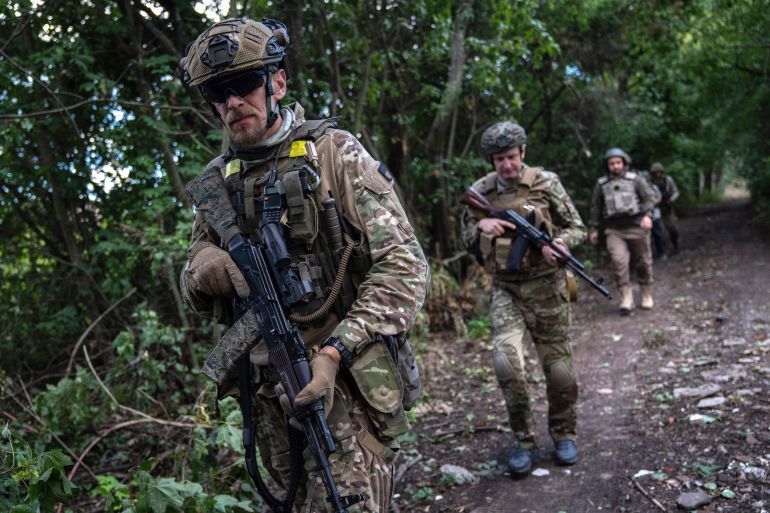
Kyiv, Ukraine – After half a year of fighting, Russia has sunk deeper and deeper into a quagmire, as Ukraine’s resistance to the invasion has forced Russia’s military to a virtual standstill, its image as a fighting force shattered for the near future.
Russia’s military ineptitude in this war has been nothing short of staggering.
Keep reading
list of 4 itemsRussia-Ukraine war: List of key events, day 791
Ukraine wins bipartisan US support, strikes Russia from afar
In Ukraine, low hopes for the liberation of lands occupied by Russia
Pre-invasion assessments painted a picture of a new Russian armed forces, better trained and better equipped with a renewed focus on fighting smarter, more efficient wars while leveraging its considerable cyber-capabilities. It incorporated new powerful weapons systems that would lend operational weight to this leaner, meaner Russian military. So Western analysts said.
The invasion showed the exact opposite to be the case. Here are five key military takeaways from the past six months:
1. Russia’s poor performance
Despite months spent assembling huge stockpiles of ammunition, food and fuel just over the border, the Russian multi-pronged attacks very quickly ground to a halt. The invasion would have looked impressive on paper, with wide-scale missile and air strikes planned for the first day as several large armoured columns pushed deep into Donetsk from the north, east and south.
The illusion of Russian military might was shattered in those first weeks as its air force failed to take control of the skies over the battlespace, leaving its armoured columns vulnerable to attack from Ukrainian fighter jets and drones. Russian command and control were so poor as to be non-existent in places, as Russian troops fought with only a dim awareness of their objectives.
Badly led, Russian advances were abruptly halted as armoured columns were destroyed wholesale. Casualties rose sharply as tanks and trucks ran out of fuel, and soldiers ran out of food and ammunition. Armed formations were decimated by the powerful yet tactically nimble attacks by a Ukrainian military that had been expected to surrender on the first day but instead fought hard, inflicting a heavy toll on the invading Russians.
The lack of command and control among Russia’s units has been so poor that its generals have had to head much closer to the fighting in order to get a grip on the tactical situation. Poorly secured Russian military communications meant many of these generals were identified by Ukrainian intelligence units, targeted and killed. A shambolic picture has emerged of poorly disciplined Russian troops disobeying orders, looting the towns they have seized, taking their frustrations out on the local population and murdering civilians.
After months of fighting with only Mariupol to show for its efforts and its forces bogged down everywhere else, Russia changed tactics, focusing on slower, more methodical battles in the east as it attempted to close the exposed Ukrainian pocket in Donetsk, taking the city of Severodonetsk.
At great cost, Russia managed to close the pocket, taking the city, massive artillery battles being the preferred method of fighting given the flat terrain. Its strategic focus is now on the south of the country.
Russia’s attempt to drive towards the vital Ukrainian port of Odesa has been thwarted by a Ukrainian counteroffensive slowly pushing the Russians back towards the city of Kherson on the Dnieper river.
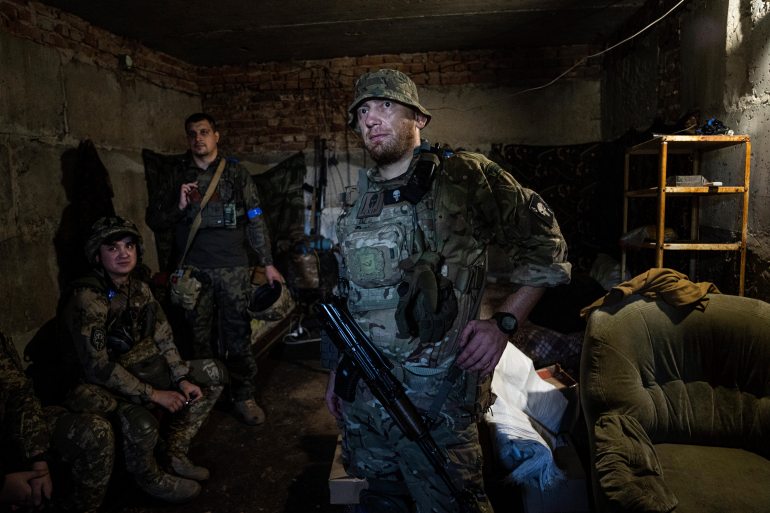
2. Ukraine makes the most of what it has
The country’s resistance to the invasion has been near total. Ukraine went from disbelief and shock that Russia would actually invade to the total commitment of its armed forces, calling for general mobilisation. Pre-positioned stocks of powerful Western man-portable anti-tank weapons helped the outnumbered Ukrainian military blunt Russia’s initial advances. New weapons systems like the armed Bayraktar TB2 drones were used to maximum effect, feeding real-time images back to headquarters, acting as spotters for Ukraine’s long-range artillery and destroying high-value targets like radar, and command and control systems, further adding to the chaos within Russia’s military.
Tens of thousands of volunteers from around the world came to fight. While they helped augment Ukraine’s armed forces, a lack of training and language barriers were a problem, reducing their effectiveness.
Of far more use was the vast amount of arms and ammunition that started to pour into Ukraine from around the world. The United States and its NATO allies sent in weapons, precision artillery, rocket launchers, tanks and Russian-made fighter jets that the hard-pressed Ukrainian military would be able to use straight away with minimal training.
While this greatly helped Ukraine to defend its territory, long-range rocket systems that could reach targets within Russia were not sent, with the West concerned that Russia would tolerate only so much interference. A direct conflict with NATO might ensue, the use of nuclear weapons being its foremost fear.
Despite slowing Russia’s advances to a crawl, Ukrainian casualties have been significant and six months of war have cost Ukraine dearly in manpower it cannot replace. Its equipment and stocks of ammunition are also now dangerously depleted. Only the massive uptick in Western artillery and ammunition has allowed Ukraine to slow Russia’s offensive in Donetsk and push back Russian forces in the south.
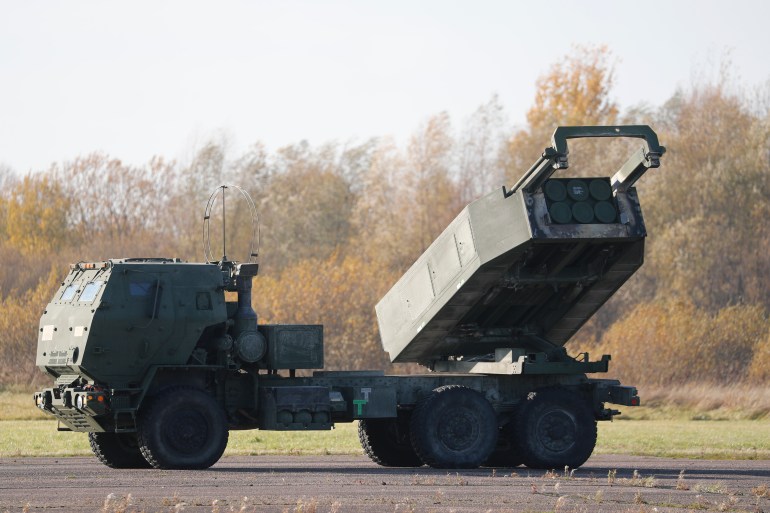
3. When it comes to weapons, HIMARS has made the difference
The most effective of these Western arms has been the High Mobility Artillery Rocket System or HIMARS. The US-made weapon can shower a target with precision rockets hundreds of kilometres behind the Russian front lines. In a war of attrition – with both sides trying to grind the other down before their own resources run out – logistics are key to success, and Russian ammunition and supply dumps have been targeted and destroyed. This has weakened Russia’s ability to amass enough weapons and ammunition to achieve a breakthrough, and Russia’s leadership has watched in dismay as offensive after offensive has ground to a halt due to a lack of supplies.
Russia is already hindered by an antiquated supply chain that is based on the freight train – Russian advances are closely tied to the availability of train networks in the area. HIMARS is the most powerful offensive weapon that has been given to Ukraine. Western concerns that it would be used to destroy targets within Russia have not proven true so far. However, its ability to effectively put a stranglehold on Russia’s supply lines has been increasingly effective.
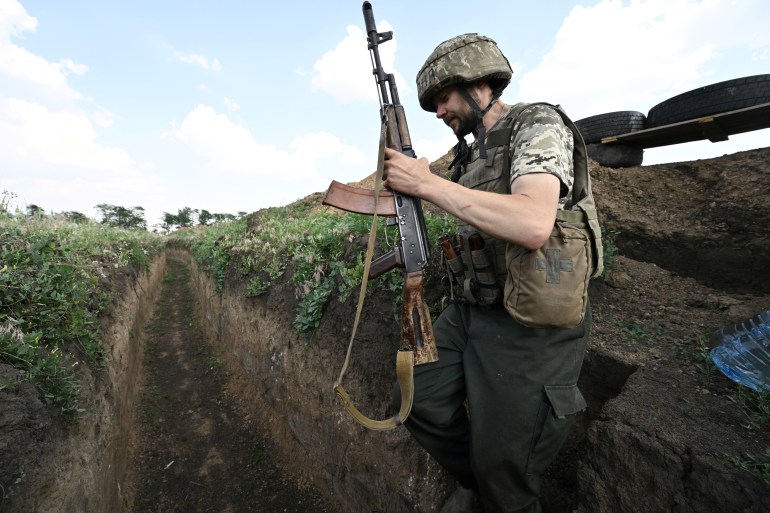
4. Both sides are running low on equipment
Both Russia and Ukraine are struggling to keep up the operational tempo and momentum needed for one side to prevail over the other. Both sides are running low on critical weapons systems.
Russia’s supply of artillery and ammunition is vast but not inexhaustible. Its stocks of artillery are older Soviet-legacy models that have been maintained poorly, the artillery systems often operating with worn-out barrels, greatly affecting accuracy. It has started to use missiles that are ill-suited to their new role, indicating that stocks are running low.
Ukraine is also running low on vital equipment. A recently attempted air strike on a base in Crimea using a commercial drone converted to carry weapons – while innovative – shows that the jets and armed drones better suited for the job are in short supply.
Although Western weapons and ammunition keep arriving, Western arms manufacturers are struggling to fulfil the sudden high demand. Western militaries are now keeping one eye on their own stocks of these weapons, worried that donations now would leave their own militaries denuded of the very weapons they would need if there was a wide-scale conflict in the near future.
There is growing aid fatigue in the United States, and with petrol prices the highest for years and economists predicting the economy is headed for a recession, there have been some calls within Republican ranks for aid to be curtailed and for president Joe Biden to focus on Americans rather than foreign wars.
Russia, for its part, is running low on trained soldiers and high-tech equipment. While it could declare what it calls a “special military operation” a war, institute a draft and place the economy on a war footing, this would be a political disaster for Russian President Vladimir Putin and is something he and his inner circle are very wary of doing.
Increasingly drained of resources, both Russia and Ukraine have now renewed their focus to the south of the country, the focal point for their militaries being the city of Kherson.
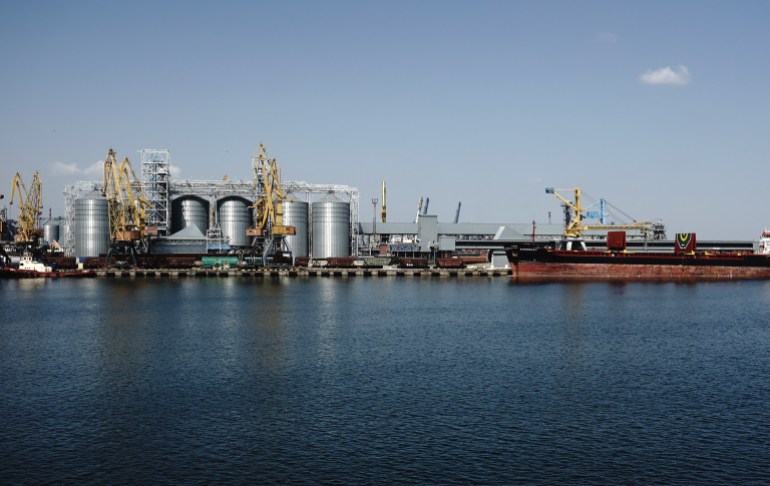
5. Kherson and the south are critical to this war
Kherson is a vital port both for ocean-going and riverine shipping. Taken and occupied in March by Russian forces, it has been the subject of intense “Russification” efforts. Passports have been fast-tracked and SIM cards issued to connect to Russian telecom operators as part of the efforts to legitimise the Russian occupation. Kherson is connected to eastern Ukraine by two bridges crossing the Dnieper river which are vital for both sides. Russia is supplied through them, especially now that the bridge at the nearby town of Nova Kakhovka, some 55km (34 miles) away, was recently destroyed by Ukrainian forces.
For Ukraine, occupation of the city and the bridges would allow it to dominate the Dnieper estuary and allow much-needed shipping to dock. The bridges would become important military arteries for an offensive to cut the North Crimean Canal that runs south from its mouth near Nova Kakhovka to the Crimean peninsula.
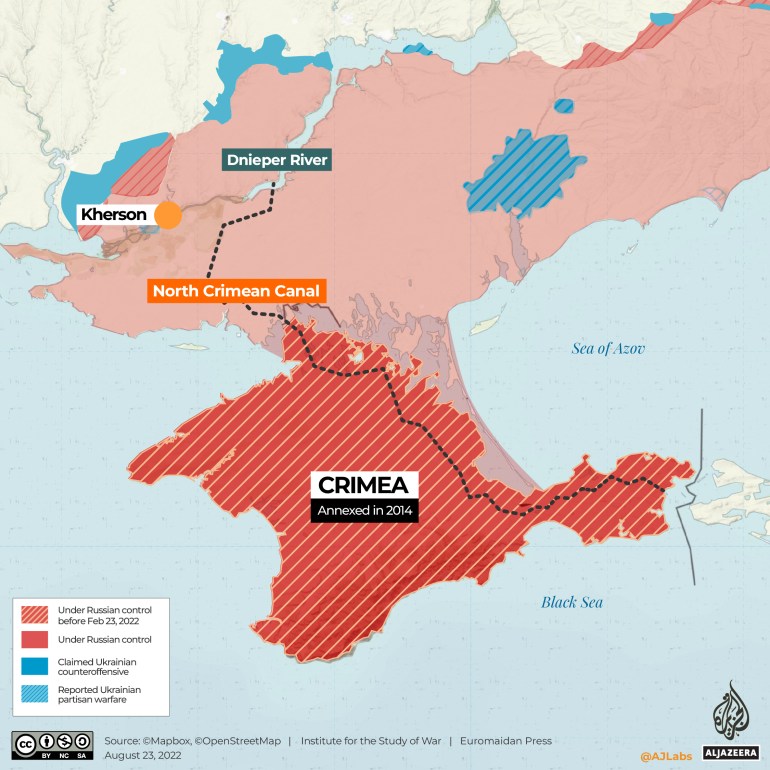
The canal is a strategic Russian war objective as it once supplied Crimea with up to 85 percent of its water, vital for crop irrigation and industry. Ukraine cut this water supply after Russia seized Crimea in 2014 and it had been Russia’s aim to restore the vital flow of water, which it has now done after occupying land on both sides of the canal. This is one reason why control of Kherson and the surrounding area is so highly valued.
Kherson would also be vital for Russia if it was to ever launch an offensive to take Odesa and cut Ukraine off from the sea. The huge grain port is an obvious prize and there has been constant fighting around the southern Ukrainian city of Mykolaiv and Russian forces attempting to reach Odesa have been repeatedly repulsed.
The much-anticipated Russian amphibious assault on the city is not viable unless Odesa is first surrounded from the land. The fear of attack on the port has now faded for the time being as Ukrainian infantry and armour have successfully pushed Russian forces right back towards the Dnieper.
With Donetsk and Luhansk predominantly under Russian control and a large swath of southern Ukraine also under Russian occupation, the question is what constitutes a “victory” for Russia and where will it draw the line?
Ukraine will keep on fighting and slowly wear down Russia’s will to remain. Discipline in Russian military units is already at an all-time low and Russia has in six months lost more soldiers than the USSR did in nearly a decade of hard fighting in Afghanistan. A nascent insurgency is already making itself felt as railway lines and convoys are attacked by partisans. This will only become more effective with time – and time is something Putin is starting to run out of.